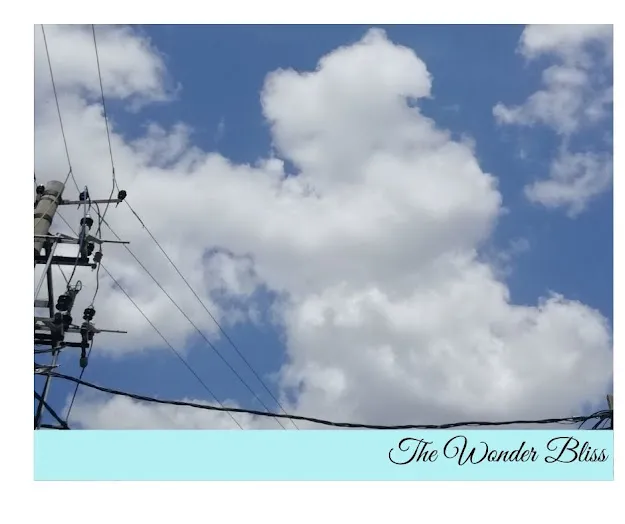Children learn by being Curious

What is the formula to make children curious? Is curiosity taught at home or at school? How to teach a child to be curious? Is this curiosity genetic? Is curiosity an emotion, and can we feel it? Do adults have curiosity? How does curiosity help the child to learn? There are many such questions which come to our mind when we hear the word “curiosity”. We as an adult, have different understanding about the meaning of this word. Some says the child expresses by using words to ask questions (that’s curiosity). Few thinks, observing the behavior of the child while he is playing. Let’s say, the child breaks a toy and try to explore it. Others say when an inviting and colorful environment makes the child to go to school as he is curious to learn. And the rest says the teachers are responsible to inculcate the curiosity in children. As an individual we carry our beliefs and values connected with culture and environment we live in. None of the above questions or statements are correct or incorrect. Wherein, we use different means and ways to communicate and so as the curiosity has different ways of expressing it. Every living being inherits the emotion of being curious supported by the internal and external environment we are surrounded by.
Children in their innocence are highly expressive

Imagination"I see Papa Bear in the clouds"
Children in their innocence are highly expressive to exhibit their curiosity and slowly it vanishes as they grow up. When the child is born, he/she is curious looking for the face to connect with the voice he/she had been hearing in the womb. One can see the way a baby widens his/her eyes and roll them with the curiosity to understand the world and people around him/her. Thus, we possess curiosity as a natural behavior. It’s the natural instinct to learn and activate their senses by expressing their excitement when they see something colorful, the need to touch and put everything in their mouth. The curiosity of listening to the sounds and attempting to repeat them. The curiosity of snatching the toy from his/her friend’s hand to play and explore it. And the curiosity to play in water or in the rain. Hence, curiosity is by being visual, repeated actions, hands – on -experience, verbal, by singing, by listening to the stories and many more other ways as long as we have the vocabulary to describe the meaning of curiosity.
curiosity starts to build the foundation for the learning in real world

Imagination"I see Papa Bear in the clouds"
Therefore, curiosity starts to build the foundation for the learning in real world. As an adult we may use these terminologies, namely, curiosity and learning. And these are the keys which connects us with the children and unlock the doors of their world. Curiosity is the invitation send by each child to the family, teachers, friends and society. The one who accepts it are able to make the child to imagine, explore, interact and learn. However, no one could define “the learning is led by curiosity or curiosity is led by learning”. This is the journey where the curiosity and learning compliments each other and contribute in the growth of every child…
